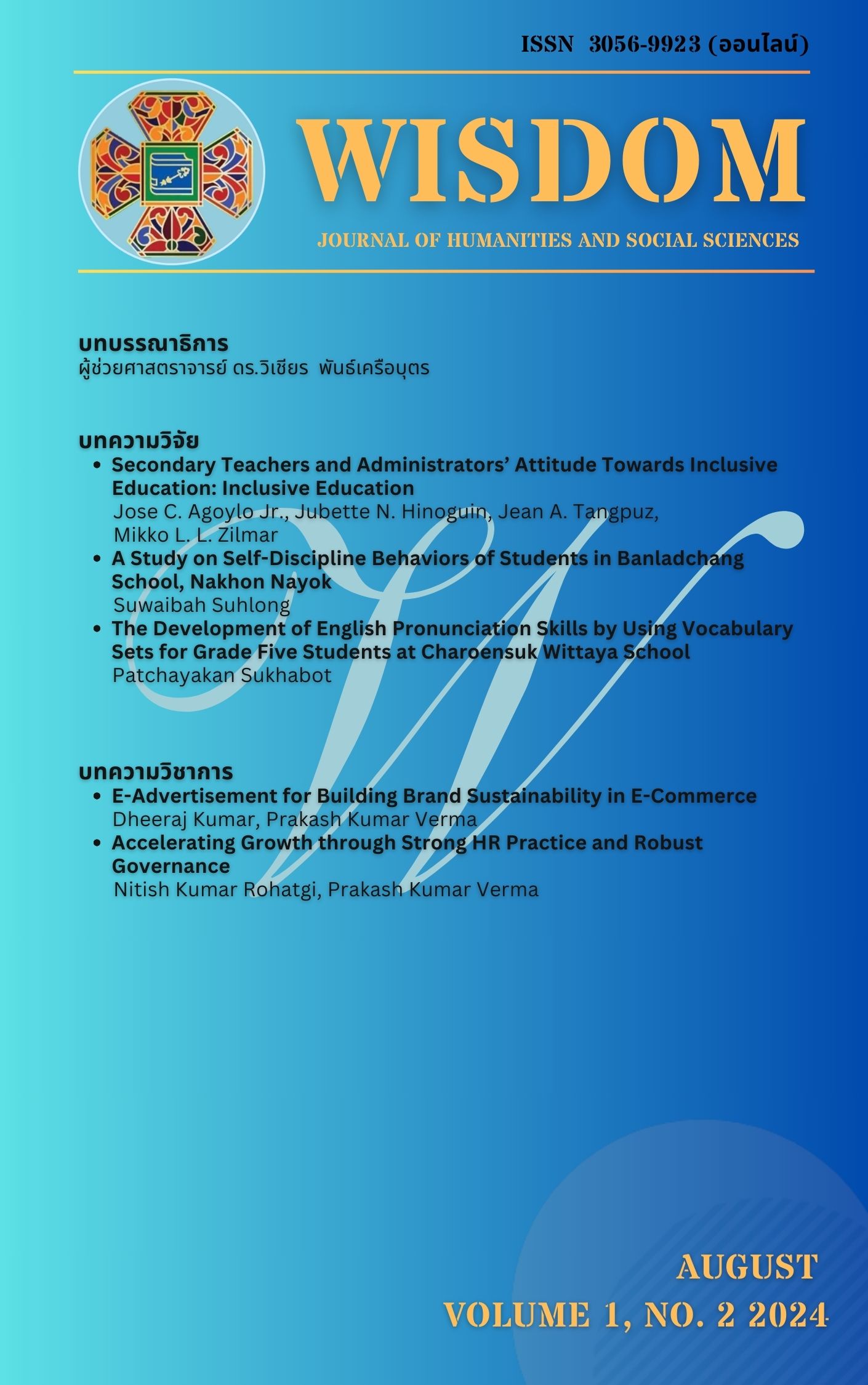E-Advertisement: For building brand sustainability in e-Commerce
Keywords:
New Media, Handhelds, Cyber-chatAbstract
The landscape of media has transformed with the emergence of digital channels, rendering traditional print and electronic media such as magazines, newspapers, and TV as outdated. Instead, millions of consumers now turn to company websites, online portals, and platforms like YouTube to discover and engage with various brands and services. There is a notable proliferation of digital media, marking its significance as a key communication tool in marketing and advertising, pivotal for establishing brand sustainability. Furthermore, the advent of new interactive media has opened up lucrative opportunities for marketers. With user-generated content on platforms like Twitter, YouTube, and Facebook, customers actively express their enthusiasm for their favorite brands, fueling conversations and sharing experiences. Not only is digital media cost-effective, but it also boasts user-friendliness, enabling marketers and advertising agencies to foster stronger relationships with their customer base. Additionally, digital media offers distinct advantages such as measurability, global reach, precise targeting, time efficiency, and versatile formatting, granting e-advertising a competitive edge over traditional advertising methods. E-advertising, also known as Internet advertising, leverages the internet to disseminate promotional marketing messages to consumers through tactics such as email marketing, search engine marketing, social media marketing, various forms of display advertising (such as web banner advertising), and mobile advertising.
References
Ahmed, R.R.; Vveinhardt, J., Streimikiene, D.& Ashraf, M.(2017) Interactive Digital Media and Impact of Customer Attitude and Technology on Brand Awareness: Evidence from the South Asian Countries. Journal of Business Economics and Management, 18, 1115- 1134.
Bellman, S.; Potter, R.F.; Treleaven- Hassard, S.; Robinson, J.A.& Varan, D. (2011). The Effectiveness of Branded Mobile Phone Apps. Journal of Interactive Marketing, 25, 191- 200.
Confos, N. & Davis, T. Young (2016) Consumer- brand relationship building potential using digital Marketing. European Journal of Marketing, 50, 1993- 2017.
Deighton, J.A. & Kornfeld, L. (2009) Interactivity’s Unanticipated Consequences for Marketers and Marketing. Journal of Interactive Marketing, 23, 2- 12.
Handayanto, A.J. (2016) Analysis of Consumer Awareness on Twitter Communication and Brand Equity of Bear Brand Milk. International Journal of Research in Marketing, 5, 348- 356.
Lee, S. H. (2016) Are We Different? Creating the Taxonomy of Digital Media Channels. Journal of Social Media Studies, 3, 31- 40.
Mathwich, C.; Wiertz, C. & De Ruyter, K. (2008) Social Capital Production in a Virtual P3 Community. Journal of Consumer Research, 34, 832- 849.
Rossiter, J. R. & Percy, L. (2017) Methodological Guidelines for Advertising Research. Journal of Advertising, 46, 71-82.
Schultz, T. (2000) Media and the Concept of Interactivity: An Exploratory Study of Online Forums and Reader E-mail. Media, Culture & Society- Sage Journal, 22, 205-221.




